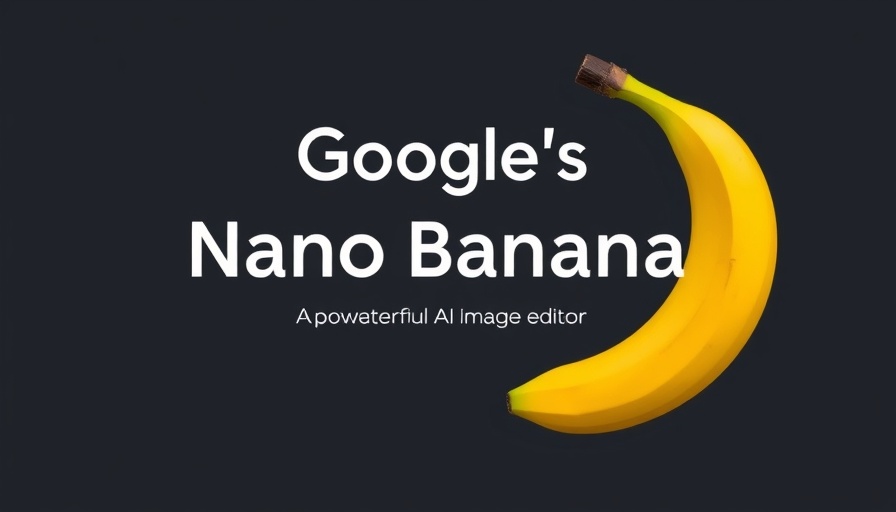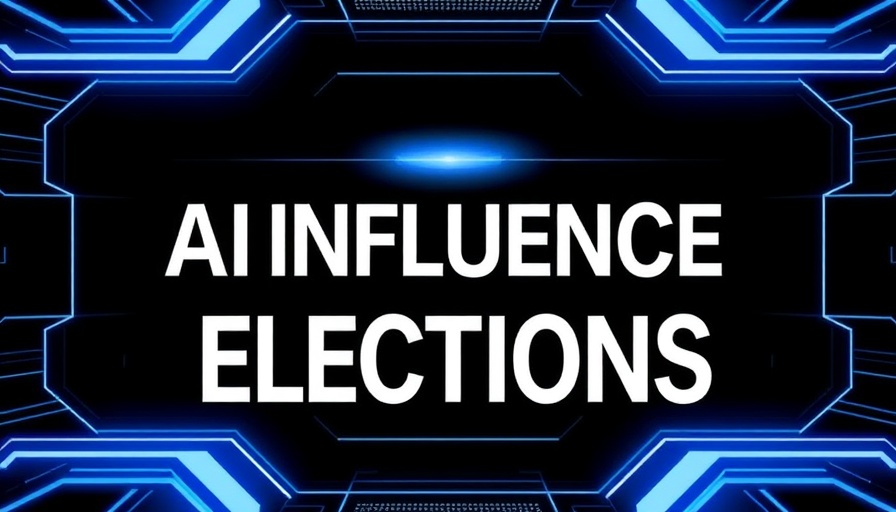
Understanding the Enshittification Curve of AI
In a world where AI is rapidly evolving, the concept of the enshittification curve offers a critical lens to assess its impact on jobs and businesses. According to insights drawn from various tech leaders, the relationship between AI deployment and employment is not linear; it fluctuates based on a company's market positioning. New market entrants often leverage AI to create innovative solutions, thereby generating jobs. Conversely, companies entrenched in mature markets risk job losses as they focus on efficiency over value creation.
The Dynamics of Innovation and Job Creation
As Ford's CEO, Jim Farley, warned about impending job losses due to AI, the reality is nuanced. Companies in their early stages of market entry tend to prioritize customer satisfaction, seeing AI as a tool for exploration and growth. In contrast, those in established markets may view AI as a means to enhance operational efficiency, often at the expense of customer satisfaction. This view aligns with Bezos's notion of "Day 1" companies—those that remain dynamic and focused on innovation. They are the ones putting customers first, ensuring that AI serves to elevate user experience rather than merely streamline profits.
AI: A Double-Edged Sword
Cory Doctorow's term "enshittification" encapsulates a worrying trend in which platforms, after initially catering to users, pivot towards prioritizing their business needs, often leading to consumer alienation and a decline in quality. This cycle can ultimately trap companies in a downward spiral, choking off growth opportunities and stunting innovation. As businesses adopt AI capabilities, the risk of this enshittification becomes more pronounced, especially if they prioritize short-term gains over long-term growth and customer engagement.
Preparing for the Future of AI
To avoid falling into the enshittification trap, companies need to embrace the full spectrum of AI's potential. This requires a mindset shift from merely optimizing for efficiency to fostering creativity and customer engagement. By doing so, businesses can leverage AI as a catalyst for growth rather than just a tool for cost-cutting. The future landscape of AI should inspire collaboration, innovation, and ultimately, the creation of jobs rather than their elimination.
 Add Row
Add Row  Add Element
Add Element 



Write A Comment